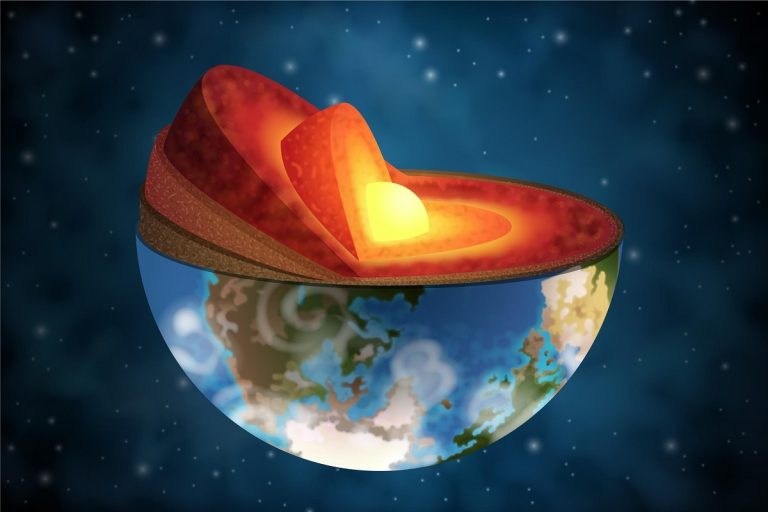Part I: The Deep Water Cycle Revealed
Jules Verne might have been closer to the truth than anyone imagined. In Journey to the Center of the Earth, his characters discover an immense subterranean sea. Though not literal, recent scientific discoveries suggest a strikingly similar reality: there may be three times more water deep beneath the surface than in all the world’s oceans combined—not as liquid, but trapped inside minerals hundreds of kilometers below.
For decades, geologists puzzled over the sheer volume of water on Earth's surface. One hypothesis pointed to a “deep water cycle,” a process through which water is stored within the planet's interior and released gradually.
A turning point came in 2014, when researchers led by geophysicist Steve Jacobsen and seismologist Brandon Schmandt used a network of over 2,000 seismometers across the U.S. to analyze echoes from earthquakes. What they discovered at 660 kilometers beneath the surface stunned them: vast pockets of magma where conventional geology claimed none should exist. The culprit? A phenomenon known as dehydration melting.
Enter ringwoodite—a rare, deep-earth blue mineral that acts like a sponge, holding massive quantities of water not as liquid, vapor, or ice, but bound within its crystal structure under immense pressure and heat exceeding 1,100°C. When this water-rich ringwoodite descends into deeper layers during tectonic activity, the pressure causes it to expel water, partially melting surrounding rock and forming magma. That’s what the seismometers detected.
If just 1% of the rock in this so-called transition zone holds water, the volume could triple that of all surface oceans—a hidden ocean beneath our feet.
---
Part II: The Diamond That Changed Everything
Seismic evidence was compelling, but physical proof was still missing. That changed in 2022 thanks to an unlikely messenger: a diamond from a mine in Botswana.
Diamonds form at extreme pressure and temperature deep within the Earth and can trap tiny samples of the minerals they encounter on their upward journey. A team led by gemologist Tingting Gu found inclusions inside this diamond—fragments of ringwoodite alongside other key minerals like ferropericlase and, crucially, hydrous minerals, which only form in the presence of water.
This was more than a lucky find. The presence of multiple water-bearing minerals confirmed that the diamond originated from an extensive, hydrated environment deep within the planet.
Water, it turns out, travels downward via the subduction of tectonic plates, where it's absorbed by minerals such as ringwoodite. Over time, it's slowly released back toward the surface through volcanic activity.
This deep water cycle not only helps explain volcanic behavior and seismic activity, but also answers a centuries-old question: Where does all that water go?
Perhaps we never needed to venture to the center of the Earth to imagine what lies there. Jules Verne gave us a map—not perfectly accurate, but wonderfully prescient.















.jpg)
.jpg)




0 Comments